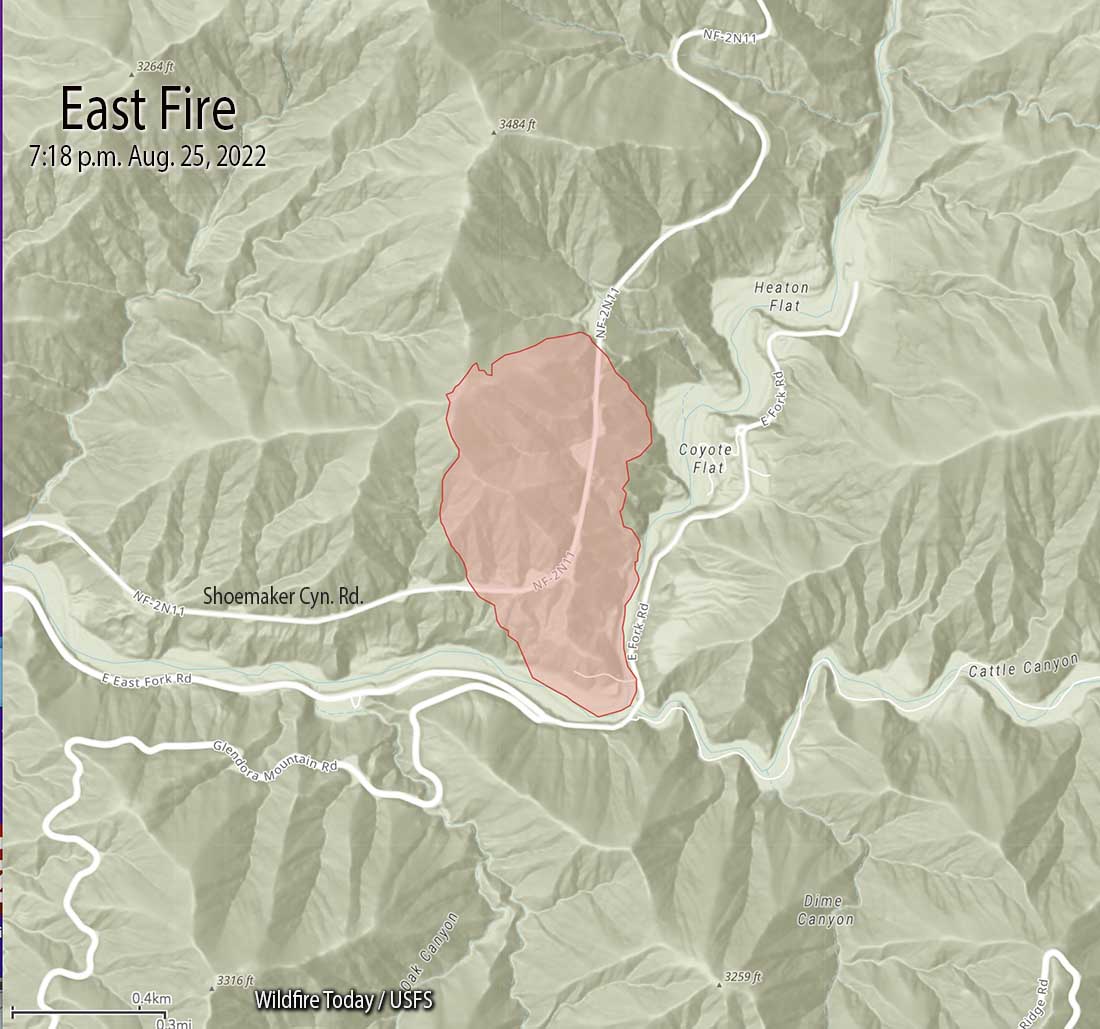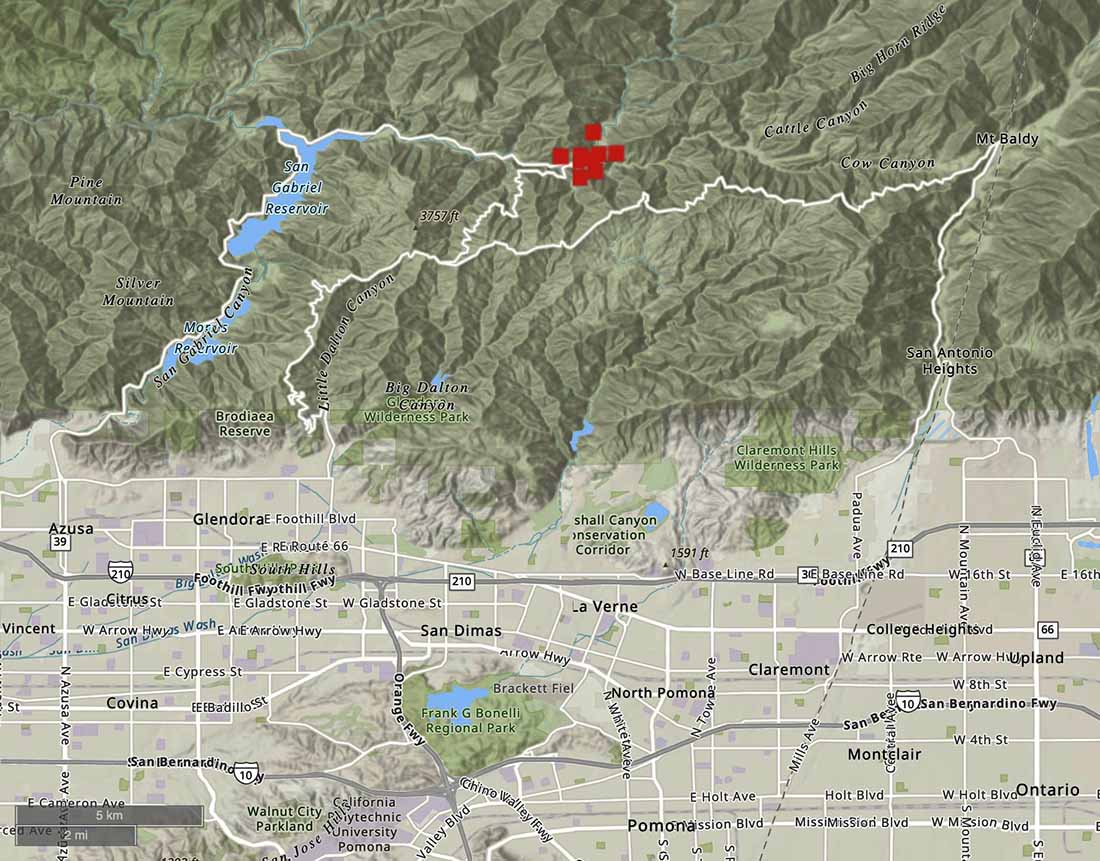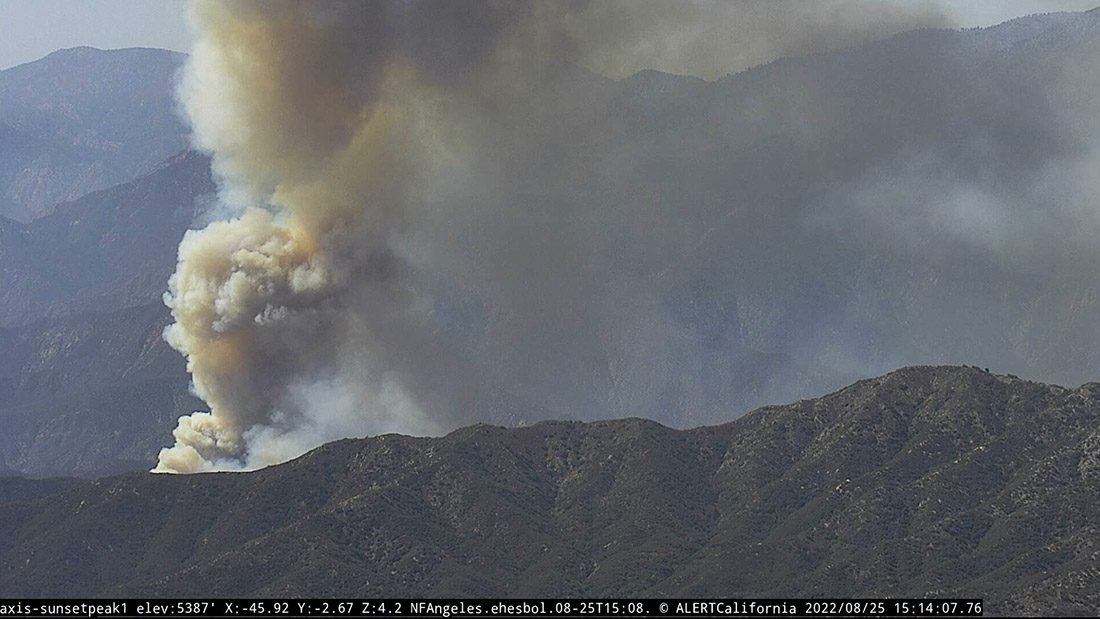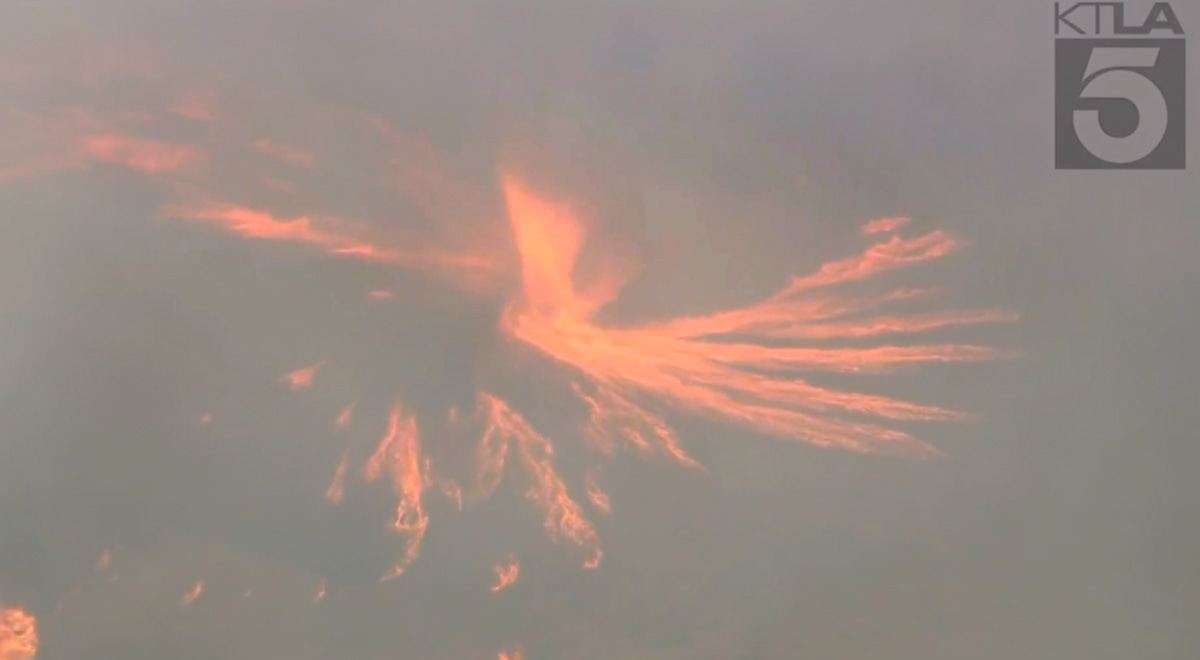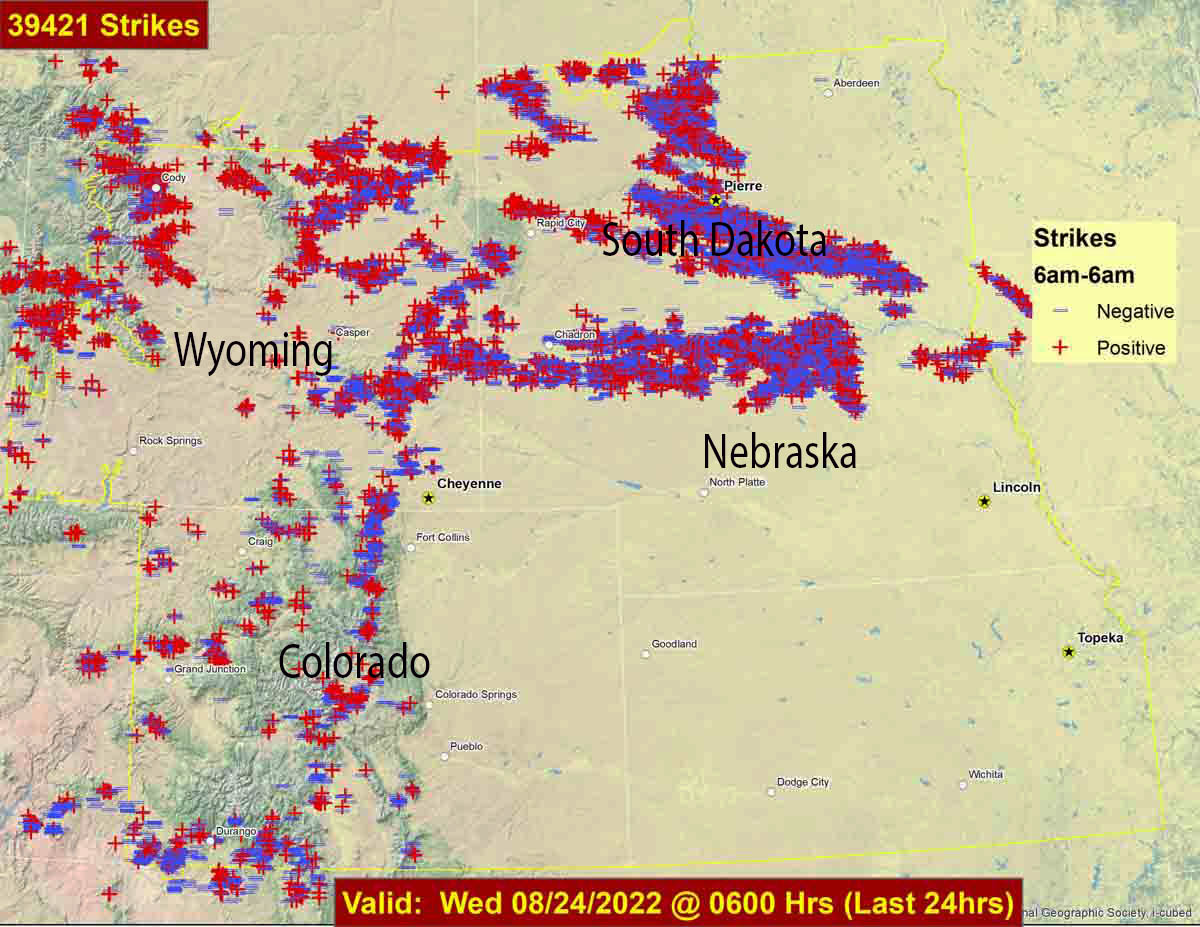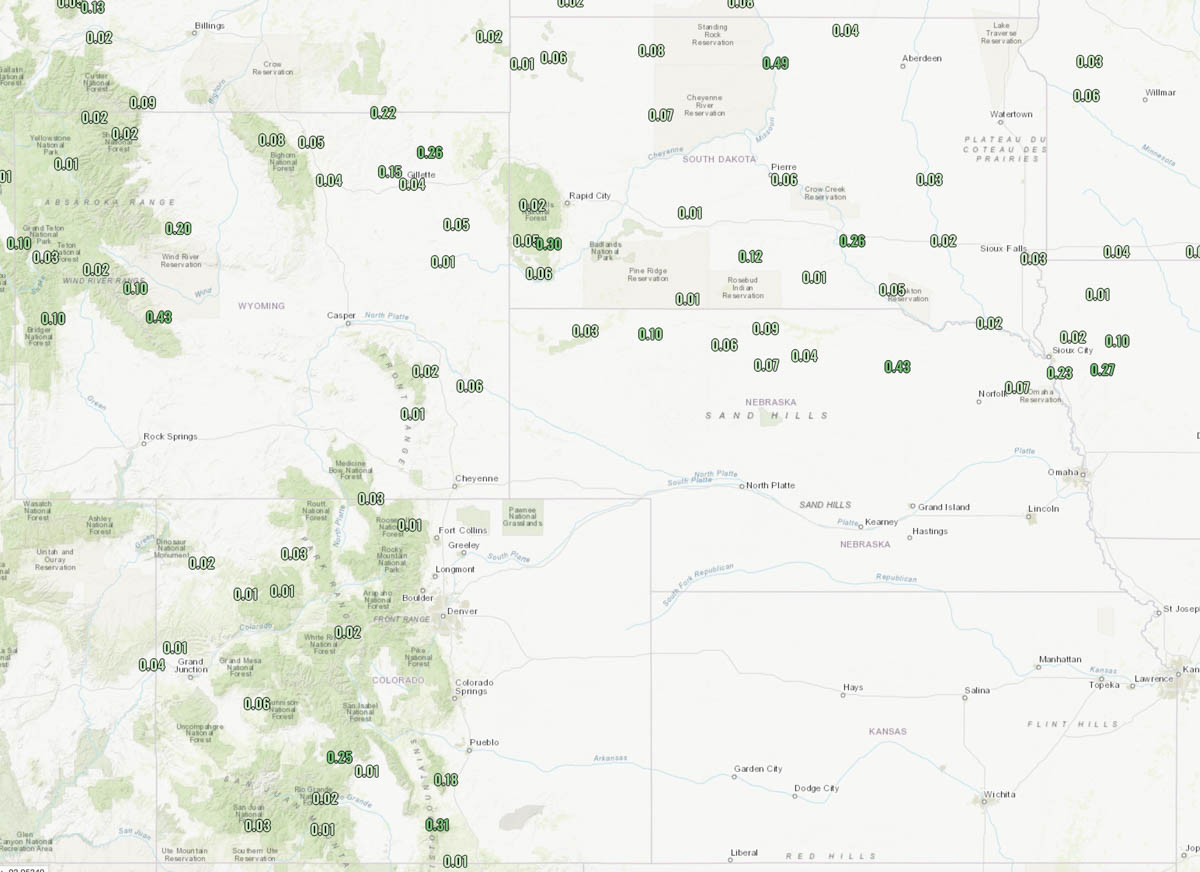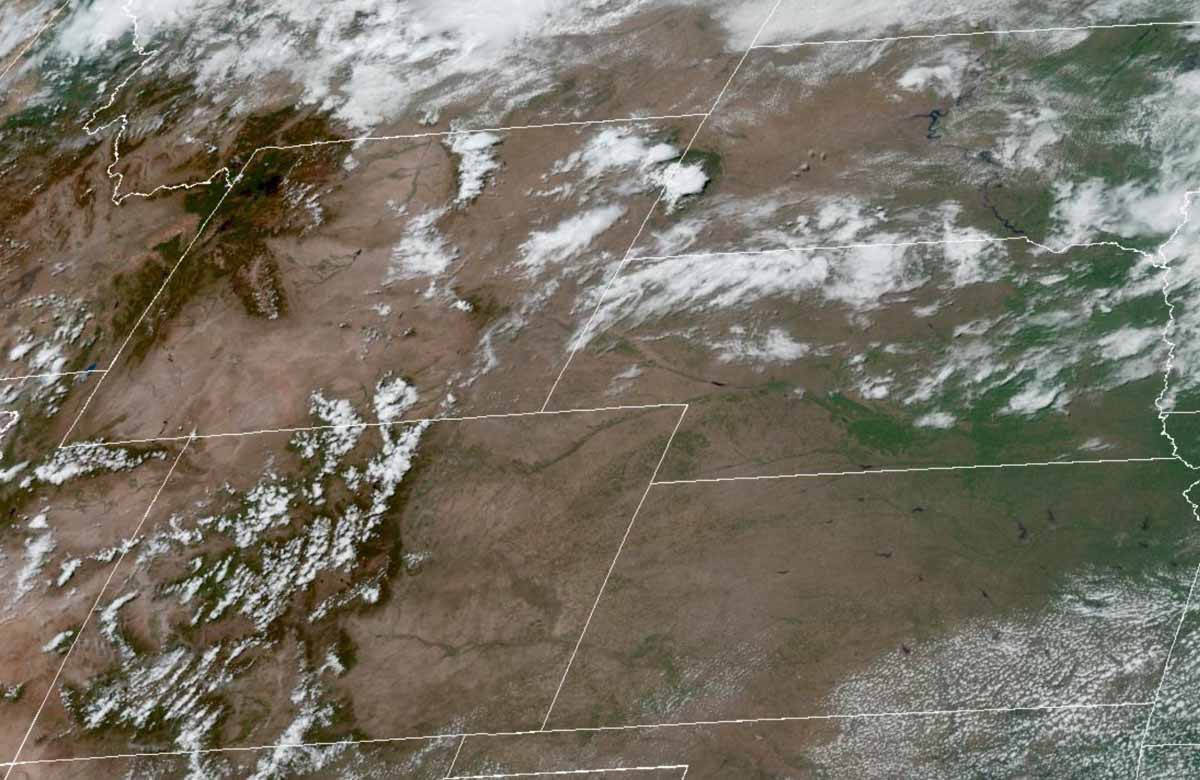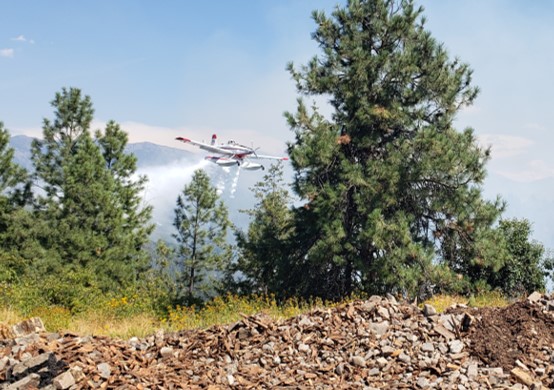
This week the California Governor’s Office of Emergency Services (Cal OES) and the California Military Department announced the creation of the first all-hazards fire engine strike team operated by a state military department.
Cal OES is deploying a Type 6 strike team of wildland-style fire engines, named Team Blaze, to the State Military Department to enhance California’s Fire and Rescue Mutual Aid fleet.
These four-person engines complement the Military Department’s existing Task Force Rattlesnake hand crew program consisting of Soldiers and Airmen. Since the start of operations in 2019, Task Force Rattlesnake has cut, cleared and treated at-risk wildfire project areas in central and northern of California.
The State’s Military Department maintains a firefighting program at their military bases, with trained personnel providing firefighting prevention, mitigation and protection services to California and military bases and camps.
“We are proud to collaborate with Cal OES to ensure there’s another fleet of fire engines and expert staff at the ready,” said California Military Department Major General Matthew P. Beevers. “This Strike Team builds upon the state’s response efforts during times of need.”

These engines add to the existing California Fire and Rescue Mutual Aid System fleet of more than 270 engines across 60 local partners statewide that can respond to incidents of all types.
Cal OES facilitates the California Fire and Rescue Mutual Aid System, which moves local government resources across the state in support of all-risk emergency response on behalf of local, state, and federal government fire organizations. Cal OES assigns local government fire agencies with fire apparatus to maintain surge capacity during day-to-day duties and major events/emergencies.

